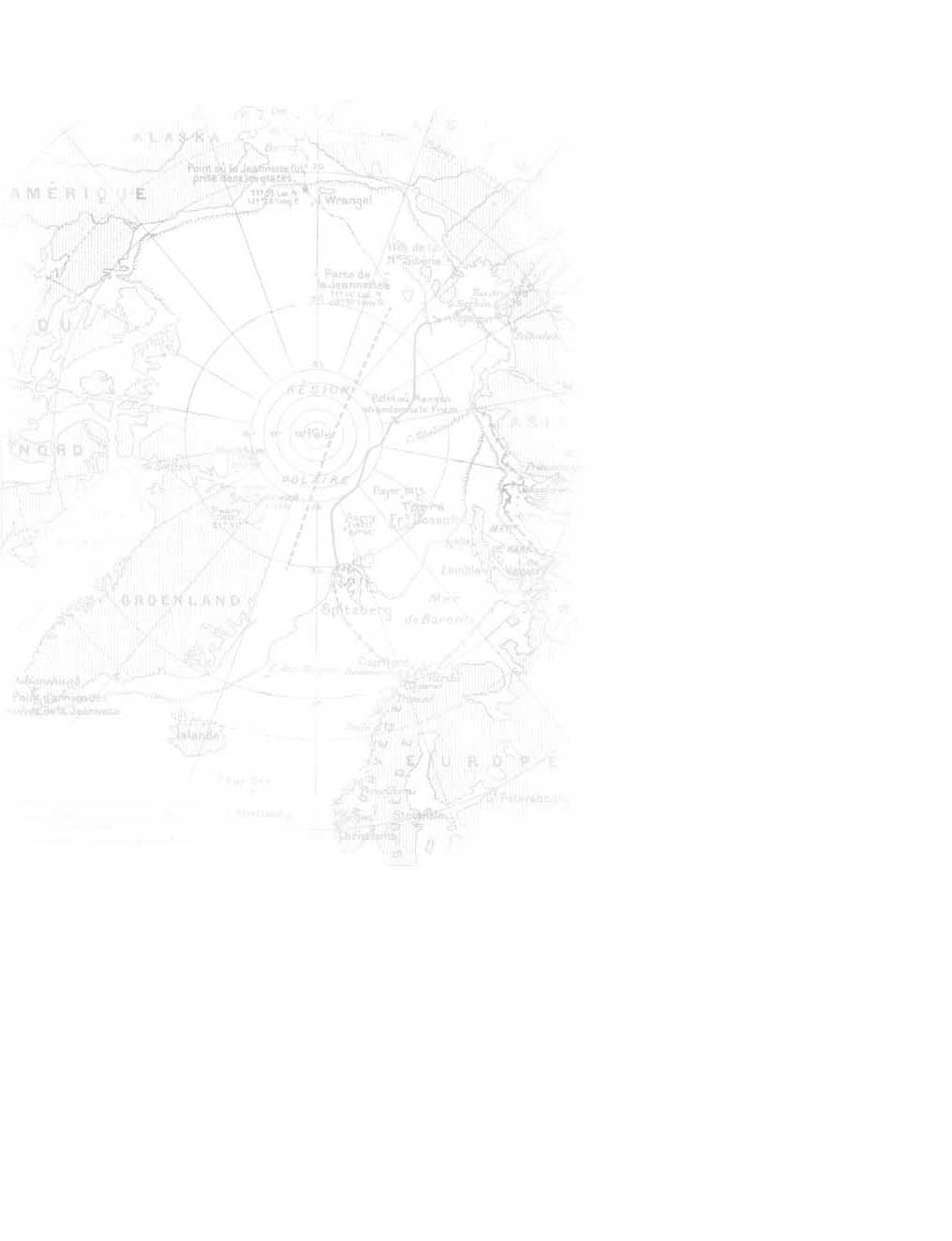




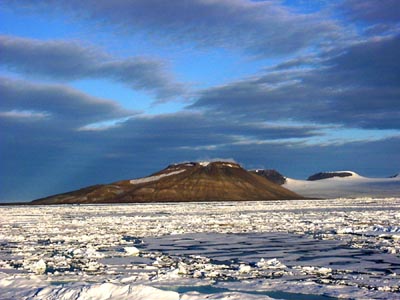

April 29, Russian PM Putin orders Arctic cleanup
Russian Prime Minister Vladimir Putin has ordered that a million abandoned barrels of Soviet-era fuel be removed from the Arctic because they are polluting the environment.
Putin visited the Russian archipelago of Franz Josef Land, 1,000 km (600 miles) from the North Pole, as part of Russia's drive to reassert its presence in the resource-rich region, now opening up to commercial exploration because of melting ice. |
|---|
April 29, Melting Icebergs in Polar Oceans Causing Sea Level Rise Globally, New Assessment Finds
Scientists have discovered that changes in the amount of ice floating in the polar oceans are causing sea levels to rise -- by a mere hair's breadth today, but possibly much more if melting trends continue.
|
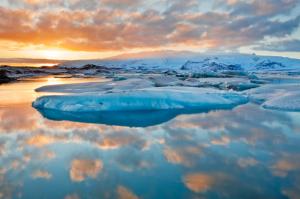 |
April 28, Winds from Siberia Reduce Arctic Sea Ice Cover, Norwegian Researchers Find
The ice cover in the Arctic has decreased dramatically in recent years. Norwegian researchers have discovered that changes in air circulation patterns create winds that push away the ice.
|
April 27, Scientist says Arctic getting colder
A Russian scientist says the Arctic may be getting colder, not warmer, which would hamper the international race to discover new mineral fields.
An Arctic cold snap that began in 1998 could last for years, freezing the northern marine passage and making it impassable without icebreaking ships, said Oleg Pokrovsky of the Voeikov Main Geophysical Observatory |
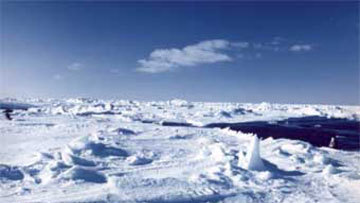 |
April 26, Arctic research may be threatened by global cooling - scientist
Research for mineral resources in the Arctic may be hampered by a global trend towards colder weather rather than global warming, a Russian scientist said on Friday.
Prof. Oleg Pokrovsky of the Voeikov Main Geophysical Observatory (MGO) said the cold snap began in 1998 and the temperatures are predicted to return to the lows of the 1950s-1960s and reach their peak in 15 years.
Despite the predictions of global warming, which has been the greatest economic and political challenge, most parts of the world have recently seen widespread low temperatures and extremely heavy snowfalls.
|
April 23, 18 projects supported by Svalbard Environmental Fund
18 projects were selected in the last round to be funded by the Svalbard Environmental Fund. A record amount (4.7 mln NOK) was distributed. 25 projects have not received any funding.
Arctic Nature Guide studies and 3 other projects within travel industry were among funded applications. Several projects within protecting and preserving of the cultural heritage were also successful. There were 43 applications received and they represented a wide range of topics. The leadership of the fund priorities sound local projects with long-lasting benefits for the community in Svalbard. |
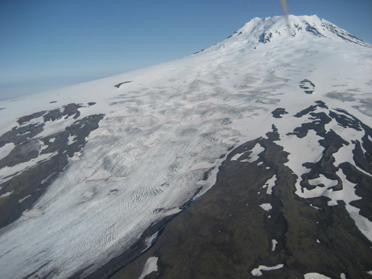 |
April 22, Mass and Energy Balance of S?rbreen, Jan Mayen (AFG-458)
High spatial variability in snow accumulation pattern due to uneven surface topography and wind action and differential melting are characteristic features of S?rbreen, according to John Hulth report from field
|
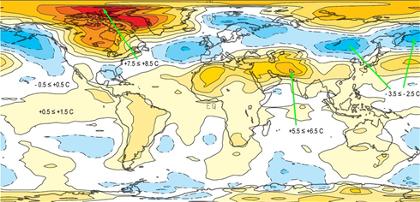 |
April 21, Report: March was Earth’s warmest on record
March was the warmest March ever recorded worldwide, the National Climatic Data Center (NCDC) reported Thursday. NCDC records go back to 1880.
Another source, the University of Alabama-Huntsville, also reported that March 2010 was the warmest March since their climate records began in 1979. |
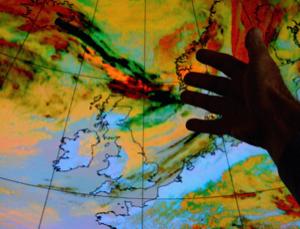 |
April 21, Blame the volcano trouble on sun and global warming
Altered weather patterns may have made the disruption caused by volcanic ash from Iceland worse – and solar variability and climate change could be partly to blame.
Ash-laden Arctic air is blowing over Europe because the usual westerly winds are being "blocked" by a high-pressure weather system, and such blockages may become more common. "We predict that the frequency and length of blocking events will increase in a warmer climate," says Christophe Cassou of the European Centre for Research and Advanced Training in Scientific Computation in Toulouse, France. |
April 20, International Science Conference «Marine research in polar areas of the Earth in IPY 2007/08»
will be held at the Arctic and Antarctic Research Institute of Roshydromet, on April 21-23. In 2007-08 tens marine complex expeditions in high latitudes of the Arctic and Antarktika were organized in the framework of IPY activities. New unique data were collected to estimate state of waters and ice in the polar Earth areas in new climatic conditions and obtain information about processes, which form these conditions.
Main goal of the Conference: to resume the preliminary results of research of the Arctic and South oceans during IPY 2007/08, estimate environment changes of the polar Earth areas and their possible effects. Participating in the international science conference the scientists from different countries may exchange by new information and ideas concerning marine polar research. |
April 15, CryoSat-2: ESA's Ice Mission Delivers First Data
Europe's first mission dedicated to studying variations in our planet's ice cover entered polar orbit just minutes after launch April 8, marking the start of three days intense activity. Mission controllers at ESOC, ESA's European Space Operations Centre, monitored CryoSat-2 around the clock to ensure the satellite's systems and payload were functioning normally.
|
April 14, EPOCA - ocean acidification experiment
EPOCA international team plans a field experiment in Ny-?lesund trying to determine how sensitive marine organisms are to increased acidity of the sea. 6 nations and 33 scientists and technicians will be working in Ny-?lesund during the pelagic experiment this spring.
|
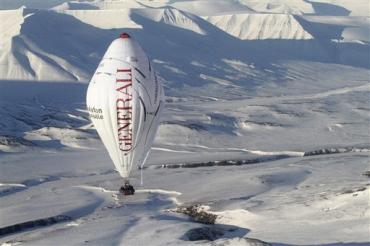 |
April 12, Explorer completes Arctic balloon crossing
A French explorer's team says he has made the first Arctic crossing by balloon, landing in the tundra of eastern Siberia five days after taking off in Norway.
Jean-Louis Etienne traveled 3,130 kilometeres (1,945 miles) in his special balloon, sailing over the Arctic Circle. |
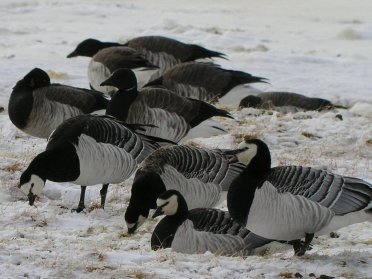 |
April 9, Putting Svalbard geese on the map
The project GOOSEMAP has collected all known registrations of geese in Svalbard. This resulted in distribution maps of three goose species during different stages of their stay in Svalbard.
|
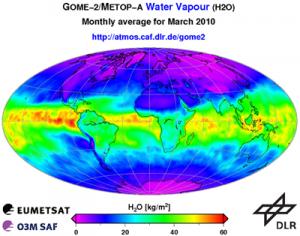 |
April 9, Measuring Global Water Vapor and Formaldehyde
Atmospheric water vapour (H2O) is the most important natural (as opposed to man-made) greenhouse gas, accounting for about two-thirds of the natural greenhouse effect. Despite this importance, its role in climate and its reaction to climate change are still difficult to assess.
|
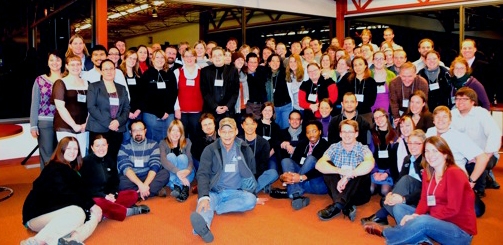 |
April 8, Summary Report from IPY International Early Career Researcher Symposium
There are many skills that early career polar researchers require for the basis of a strong career. To help address this, the Association of Polar Early Career Scientists (APECS), together with the ArcticNet Student Association, and the Northern Research Forum held the IPY International Early Career Researcher Symposium, held in Victoria, B.C, Canada from December 4-8, which was sponsored mainly by the IPY Canadian Federal Programme and the Canadian Polar Research Commission. This career development workshop bought together 71 participants and 20 mentors from 14 different countries.
|
April 7, Northern Federal University officially established
The University in Arkhangelsk will have special focus on development of mineral resource, oil and gas.
The Russian Prime-Minister Vladimir Putin signed the decree on establishing the Northern Federal (Arctic) University in Arkhangelsk. |
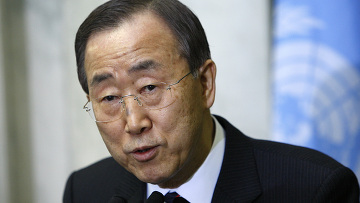 |
April 5, UN chief takes look at Aral Sea environmental disaster
UN Secretary General Ban Ki-moon took a helicopter tour over the Aral Sea on Sunday, seeing first hand the environmental devastation the receding waters have left behind.
Ban, on a visit to Uzbekistan during a tour of Central Asia, circled over the sea and landed in the former coastal fishing town of Muynak, which is living evidence of the manmade tragedy. The United Nations chief said the disappearance of the sea was one of the world's worst environmental disasters and called on Central Asian leaders to do more to address the problem. |
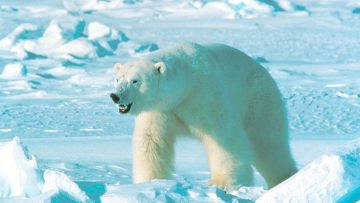 |
April 2, Russian Geographical Society to organize polar bear expedition
The Russian Geographical Society (RGS) is to organize an Arctic expedition to investigate the effects of global warming on polar bears.
Scientists will also study polar bears' seasonal migration, the RGS said. "One of the goals of the expedition is to study the rate of the decrease in polar bear populations," the RGS statement said. Members of the month-long expedition "will focus on studying bears recently awakened after winter hibernation. Scientists will fix special satellite collars to monitor their movements and then analyze the data," the RGS statement said |
March 31, IPY Report: April 2010
Content:
Change in IPO Report no. 36, April 2010 |
March 31, Debate heating up over mining Arctic riches
The Arctic Five foreign ministers are due to meet in Canada soon to discuss the future of the Arctic. The countries have been locked in a tight race to lay claim to the riches believed to lie beneath the Arctic ice.
The five nations bordering the Arctic – Russia, Norway, Denmark, Canada and the US – have their hands outstretched for a piece of this pie.
It looks even more attractive, as experts claim the Arctic seabed contains around one-quarter of the world's oil and gas reserves. The scientists are central to deciding whose treasure house it is. Russia now claims the Arctic's two main shelves.
|
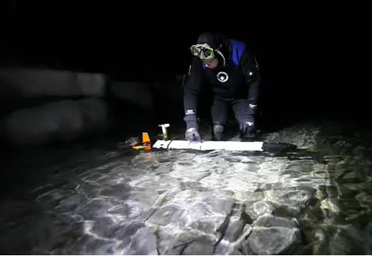 |
March 27, Into the deep, dark polar night waters
The underwater life during polar night puzzles and delivers cues to understand the interactions between ocean and atmosphere in the winter. The ocean is not asleep at all in the darkness: the microorganisms migrate up and down regardless if the light is delivered or not. Several research groups from Norway and USA joined in an educational project (NORUS) combining science with newest underwater technology to find out what is really driving them and how it works.
|
March 26, 1.2 billion RUB for Arkhangelsk university
Federal authorities will invest 1.2 billion RUB in equipment for the new Arctic University in Arkhangelsk, the regional administration says.
The authorities in Arkhangelsk Oblast expects that the federal government will invest 1.2 billion RUB in equipment for the new university, Yelena Sbrodova, member of the regional parliament. |
March 24, Russia's top weatherman's blow to climate change lobby as he says winter in Siberia may be COLDEST on record
In a new blow to the climate change lobby, Russia's top weatherman today announced that the winter now drawing to a close in Siberia may turn out to be the coldest on record.
'The winter of 2009-10 was one of the most severe in European part of Russia for more than 30 years, and in Siberia it was perhaps the record breaking coldest ever,' said Dr Alexander Frolov, head of state meteorological service Rosgidromet. |
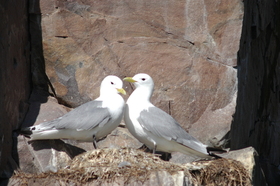 |
March 22, Early arrival for seabirds
It is a biological mystery; the Black-legged Kittiwakes have already arrived in the coastal border areas between Norway and Russia in the north. The birds are nesting between ice and snow.
|
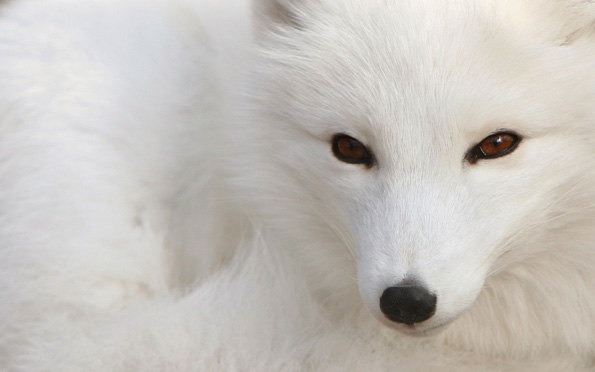 |
March 22, Arctic Species Trend Index
Arctic Species Trend Index (ASTI) is a biodiversity project commissioned and coordinated by the Arctic Council's CAFF working group's Circumpolar Biodiversity Monitoring Program. The ASTI keeps track how the Arctic's ecosystems and the living resources dependent upon the ecosystems are responding to the environmental change taking place in the Arctic today. The Index, which was developed as a collaboration between the CBMP, the Zoological Society of London, UNEP World Conservation Monitoring Centre and the Worldwide Fund for Nature, uses population monitoring data to track trends in marine, terrestrial and freshwater Arctic vertebrate species. The index allows for a composite measure of the overall population trends of Arctic vertebrate populations. It can also be organized to display trends based on taxonomy, biome or region. Currently, the Index tracks almost 1000 Arctic vertebrate population data-sets by biome, taxa, migratory status etc. making it very important information source on Arctic biodiversity trends.
|
March 18, Proposal to ban polar bear trade shot down
A US proposal to outlaw international trade in polar bear parts including paws, fur and teeth was voted down today in Doha, Qatar, at a triennial international summit on trade in wildlife products.
Opposition was mainly from Canada, Norway and Greenland, whose aboriginal communities hunt the bears as a resource for food, clothing and shelter. By-products from the hunts are sold internationally, especially from Canada. |
March 16,Putin: Much noise about the Arctic
-We are working within the frames of the rules formulated by the United Nations, on the basis of international law, Putin said yesterday about his country’s policies towards the Arctic. He maintained that there lately has been too much noise around studies of the Arctic.
Talking to the board of the Russian Geographical Society yesterday, Putin said that the Russian flag planting on the North Pole sea bed had arisen “much noise” among the country’s neighbors. He maintained that the reactions on the flag planting had been “absolutely unfounded”.
|
March 15, High-flying research aircraft Geophysica on Svalbard for the first time
Within the European research project RECONCILE the Russian high-flying research aircraft M55 Geophysica landed in Longyearbyen, Svalbard. It was the first time that this special aircraft went this far north. This mission was part of a 6-week measurement campaign based in Kiruna, Sweden.
|
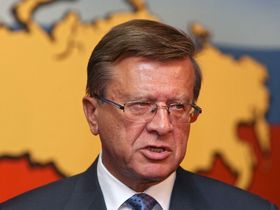 |
March 11, Zubkov to lead Svalbard commission
Russia’s First Deputy Prime Minister Viktor Zubkov is appointed new Head of the Governmental Commission for Russian presence on Svalbard.
Zubkov takes over the post after another First Deputy Prime Minister, Igor Shuvalov. |
March 10, Arctic Field Grant 2010
Each year Svalbard Science Forum and the Norwegian Polar Institute designate funds to selected Master students, PhD students and researchers associated with Norwegian institutions for fieldwork in Svalbard. The intention of the fund is to support researchers and students carrying out fieldwork in Svalbard with an emphasis on those that are new to Svalbard.
The scholarship is allocated yearly and the next application deadline will be announced in late summer/early autumn 2010.
|
March 9, Research Access to Eastern Areas in Svalbard workshop
SSF and SMS have jointly organized a workshop that aimed at exchange of information and finding solutions for accessing and carrying out future research in the least accessible, and the most logistically demanding places in Svalbard - the East.
East Svalbard is indispensable as reference area. Its importance for monitoring climate change in the Arctic through reference-based research cannot be underestimated e.g. the changes in weather patterns are first visible in the east and should be captured already there. |
March 5, Methane Releases from Arctic Shelf May Be Much Larger and Faster Than Anticipated
A section of the Arctic Ocean seafloor that holds vast stores of frozen methane is showing signs of instability and widespread venting of the powerful greenhouse gas, according to the findings of an international research team led by University of Alaska Fairbanks scientists Natalia Shakhova and Igor Semiletov.
|
March 4, IPY Report: March 2010
Content:
1) Oslo Science Conference 2) Polar Week - 15 to 19 March 2010 3) IPY Publications Database 4) IPY International Field School in Svalbard, 21 June to 9 July 2010 5) Call for proposals for International Teams in Space Science 6) APECS Update |
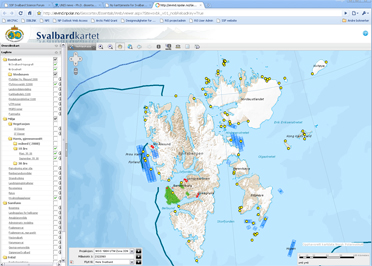 |
March 3, Interactive map of Svalbard (Svalbardkartet) available for all
Norwegian Polar Institute (NPI) in cooperation with the Governor of Svalbard has prepared an interactive set of maps for Svalbard. It includes place names, various thematic maps, historical sea ice extend data and much more.
The interactive map of Svalbard has several advanced functions, allows for both search for information and for adding your own tekst, drawing, printing and cutting out. Most of the information included here is also available through Miljostatus i Norge and Google Earth. |
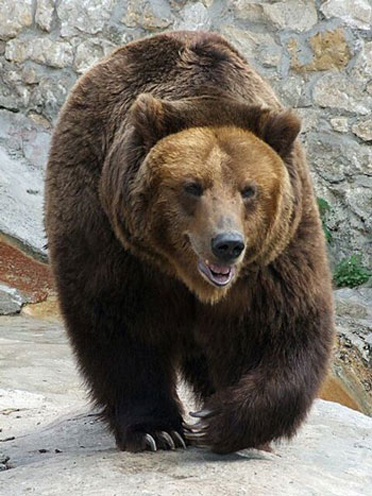 |
March 3, Polar bear left brown bear's evolutionary branch 150 000 years ago
The DNA analyses of the polar bear jaw found in Svalbard a few years ago confirm beyond doubt that polar bear is a young specie and it has an evolution history reaching ancestor in brown bear.
These two species share the same evolutionary branch until 150 000 years ago when the polar bear separated from it and has developed a set of new skills and evolutionary "adjustments" to live in a quite a different environment. The polar bear is a very young specie in terms of evolution. |
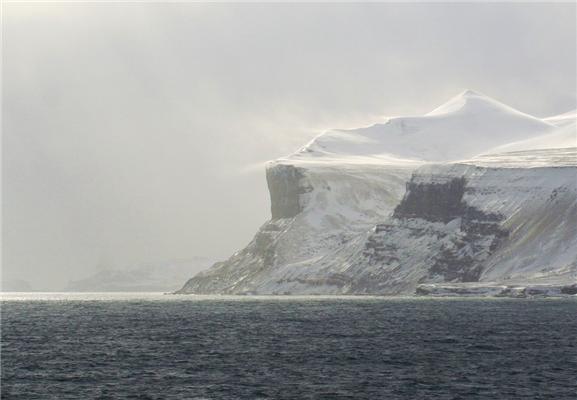 |
February 25, Barents Sea: An Effective Ocean Cooler
The Barents Sea is a robust and effective ocean cooler. Despite its fairly shallow depth of 230 meters, it releases more energy to the atmosphere than any other sea around the Arctic.
A new study by four oceanographers in Bergen shows how the Barents Sea responds to variation of heat transport by the ocean. Results show that the northwards migration of the sea ice, and the larger open ocean areas in the south, can compensate for much of the increase in ocean heat transport since the mid 1990's. |
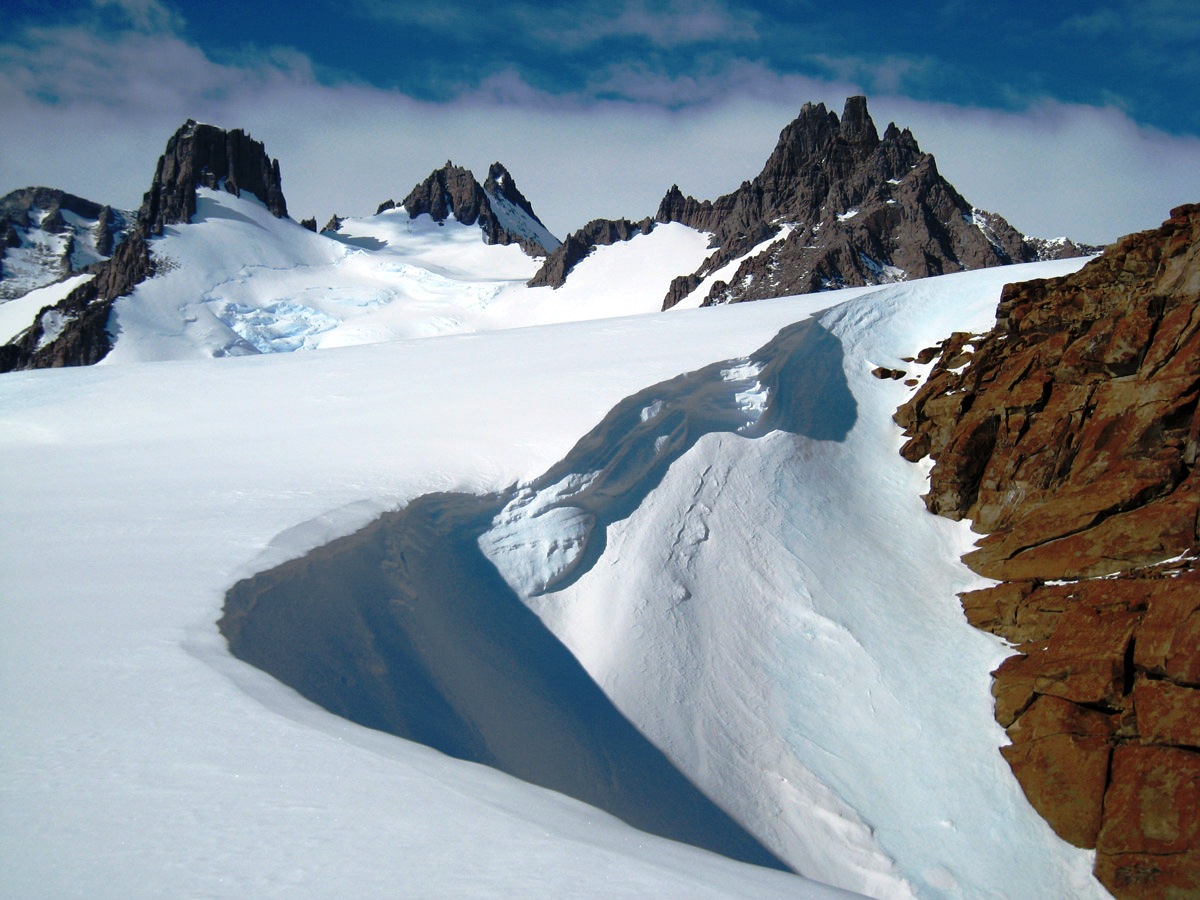 |
February 24, March Polar Week 2010: What Happens at the Poles Affects Us All
We will be celebrating March Polar Week from 15th - 19th March 2010. This week will be an opportunity for researchers, educators, early career scientists, and students from across the globe to celebrate the partnerships, outreach, and scientific outcomes IPY has enabled regionally, nationally and internationally. It will also provide the IPY community with a chance to generate excitement as they prepare for the IPY Oslo Science Conference June 8-12, 2010. We plan activities, lecture series, virtual balloon launches and more during this week so stay tuned!
|
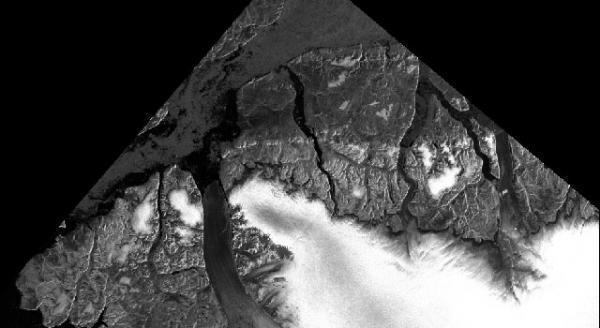 |
February 23, Missing 'Ice Arches' Contributed to 2007 Arctic Ice Loss
In 2007, the Arctic lost a massive amount of thick, multiyear sea ice, contributing to that year's record-low extent of Arctic sea ice. A new NASA-led study has found that the record loss that year was due in part to the absence of "ice arches," naturally-forming, curved ice structures that span the openings between two land points. These arches block sea ice from being pushed by winds or currents through narrow passages and out of the Arctic basin.
|
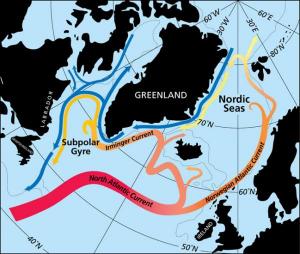 |
February 18, Team Finds Subtropical Waters Flushing Through Greenland Fjord
Waters from warmer latitudes -- or subtropical waters -- are reaching Greenland's glaciers, driving melting and likely triggering an acceleration of ice loss, reports a team of researchers led by Fiamma Straneo, a physical oceanographer from the Woods Hole Oceanographic Institution (WHOI).
|
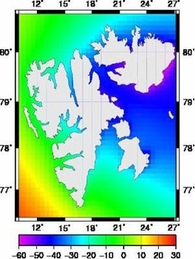 |
February 16, Land rising due to melting glaciers and ice caps
Land in Svalbard is rising both due to recovery from the last glaciation and melting glacier mass at present. Norwegian Mapping Authority measurements confirm that the land rising rate varies depending on amount of melting ice from the glaciers from one year to another.
Land is still going through an isostatic rise after last glacial period but there is additional rise on top it of caused by shrinking mass of present time glaciers in Svalbard. The latter is en elastic response of land. Land rise that started after the glacial period is stable and does not show any annual variations. In Ny-Alesund this stable rise is 2 mm per year. |
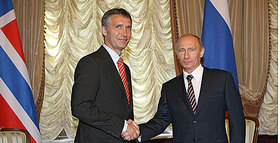 |
February 15, Disputed waters on the agenda
Just few weeks before Russian President Dmitry Medvedev arrives in Oslo for a state visit, both Norwegian Prime Minister Jens Stoltenberg and Russia’s Vladimir Putin highlight the positive dynamics in talks over the disputed waters in the Barents Sea.
|
February 15, Svalbard full of pesticides
Several different pesticides are found in Svalbard. Some of them are in concentrations high enough to estimate that there is a ton of each of them on all of the land ice here.
Insects get here by cargo and sometimes on strong winds from the south but the climate here is the most effective pest killer there is. So how come the pesticides are found in Svalbard? Several researchers from Canaa, USA and Norway have been working together for years looking for an answer. The studies were done on samples of snow and ice (ice cores) from Austfonna, Lomonosovfonna and Holtedahlfonna. The ice core drilled on the top of Holtedahlfonna in 2005 delivered samples which allowed for analysis of 64 different pesticides, 21 of them were not used in Svalbard so they came here from other places. |
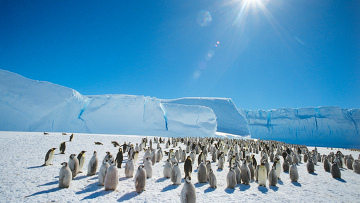 |
February 8, Russia to spend $50 million to prove its right to extra Arctic floor
Russia will invest some 1.5 billion rubles ($49.7 million) in defining the extent of its continental shelf in the Arctic in 2010, in order to prove its right to more of the Arctic floor, the country's Natural Resources Ministry has said.
"These funds will be spent on additional hydrographic and geophysical research in the Arctic Ocean," the ministry said in a statement.
|
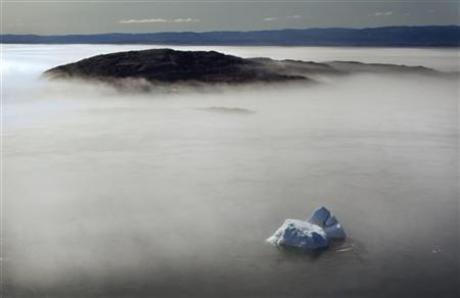 |
February 8, Scant Arctic ice could mean summer "double whammy"
Scant ice over the Arctic Sea this winter could mean a "double whammy" of powerful ice-melt next summer, a top U.S. climate scientist said on Thursday.
In January, Arctic sea ice grew by about 13,000 square miles (34,000 sq km) a day, which is a bit more than one-third the pace of ice growth during the 1980s, and less than the average for the first decade of the 21st century. |
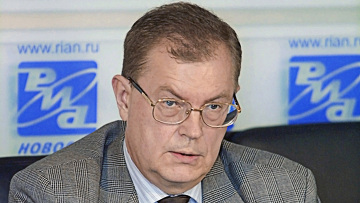 |
February 5, Russia to stick to Kyoto Protocol pledges
Russia will fulfill its obligations under the Kyoto Protocol, the presidential advisor on climate issues said on Friday.
"Unlike some other countries, we can say with certainty that Russia will fulfill its obligations under the Kyoto Protocol," Alexander Bedritsky told a news conference. "We are taking all necessary steps to increase energy efficiency, particularly such measures as are covered by 2020 strategy," he continued. |
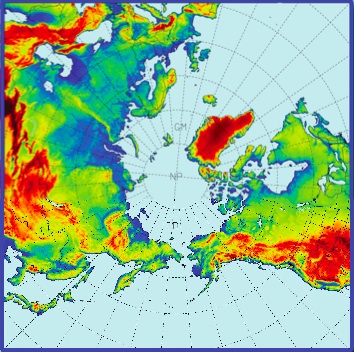 |
January 31, Arctic System Reanalysis Seeks Partners
In an article published recently in EOS (Volume 91, Number 2, 12 January 2010), David Bromwich and co-authors described plans for an Arctic System Reanalysis. This activity, part of the IPY Climate of the Arctic Project, and a component of the USA SEARCH (Study of Environmental Arctic Change) program, represents an ambitious plan to draw in many IPY partners and many of the IPY observations from the Arctic. Bromwich et al. describe a low-resolution (30 km) prototype, with an inner domain shown in the image above, focused on 2007 and 2008. Eventually they intend to complete a decade-long reanalysis (2000 to 2010) at 10 km spacing and 3 hour resolution.
|
January 29, Oslo Science Conference - An Update
After a few extra days to catch some late-arriving abstracts, the abstract submission process for the IPY Oslo Science Conference has now closed. We count approximately 2600 abstracts received, presenting us with the opportunity and the challenge of organizing and conducting one of the largest and most diverse conferences in the history of polar science.
|
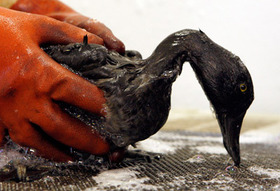 |
January 25, Oil spill more harmful to northern ecosystems
The ecosystems in the north are more vulnerable to oil spill than the marine- and coastal nature in southern areas, a new scientific report shows.
|
 |
January 23, Living in the High North 24-29 January 2010
University of Tromso – Teorifagbygget
Policy section: 25–26 January 2010 The policy section of Arctic Frontiers 2010 will focus on the need for dynamic and adaptive strategies to ensure the sustainability of arctic communities in a changing environment. Science section: 27–29 January 2010 The science section is divided into four parallel sessions: * Part I: Ice and climate, including paleo climate * Part II: Sustainable communities in the High North; economy, well-being including health issues, and self-governance * Part III: Marine Biodiversity under change * Part IV: Frontiers in E-learning of the High North |
January 23, Last Decade Was Warmest on Record, 2009 One of Warmest Years, NASA Research Finds
A new analysis of global surface temperatures by NASA scientists finds the past year was tied for the second warmest since 1880. In the Southern Hemisphere, 2009 was the warmest year on record.
|
January 13, More foreign science on Svalbard
Both German and French scientists say they want to build new science stations for increased activity in the science community Ny-Alesund on Svalbard. Also Japanese researchers say they may build a new science station in Ny-Alesund to replace the building they currently rent.
|